

Let us know your score in the comments

Are you up for a quiz?

Let's see how smart you really are!

10 fun questions

How many songs do you know?

10 mixed questions

Mixed pack of questions

Can you help us find the missing words?

10

10 entertaining inquiries regarding the past.

Tell us your result in the comments
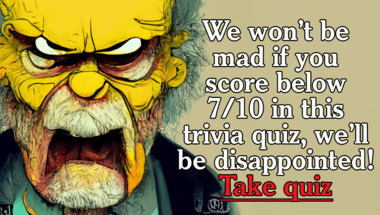
10 mixed questions

10 movie questions

10 questions to answer

10 mixed questions for you to have fun with

How many correct will you get?

You are probably going to fail most questions

Scoring a clean 10 will never happen

10 mixed questions

What do you remember?

10 questions to test your knowledge

Experts Only Please

10 questions to test your knowledge

10 questions in different categories

How good are you at spelling?

10

10 questions

10 questions

10 random questions

10 mixed questions

Can you even get 5 out of 10 correct?

10 trivia questions for everyone

How many correct will you get?

10 mixed questions

How many countries flags do you know?
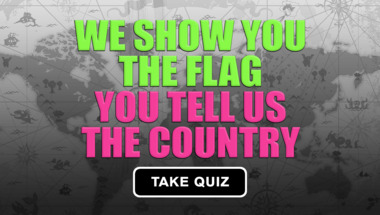
by clicking here

What do you remember?
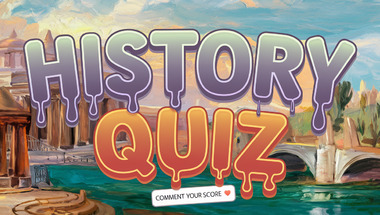
Did you pay attention in school?
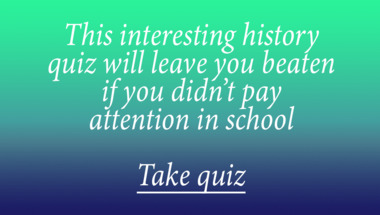
10 quite hard questions

How high will your score be?

10 questions to test your knowledge

Do you belong to this generation?

Can you provide ten questions for me to answe..
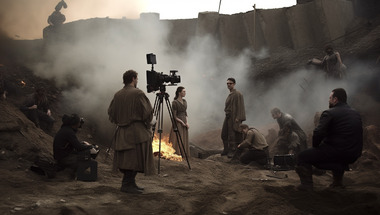
Mixed category quiz

10 trivia questions about science
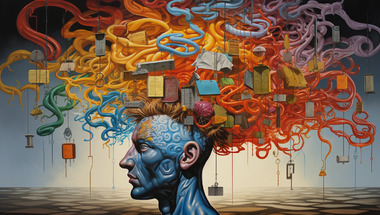
10 mixed questions to have fun with

How many correct answers will you get?

Can you name the artists?
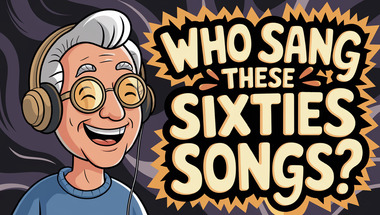
10 mixed questions

10 questions
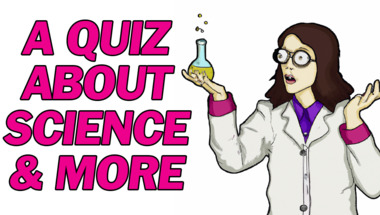
We wrote 10 questions in mixed categories

Let us know your score in the comments

10 mixed questions

10 questions lined up

Let me know your score in the comments

10 crazy hard questions about movies

Let's test your trivia skills!

10 questions

How many correct will you get?

10 questions

Can you help us find the missing words?

Click here to have fun

Let's see how smart you really are!

10 hard questions

Mixed category quiz

10 Impossible Questions

10 questions

Let's see how smart you really are!

10 questions for you

10 mixed questions

The last two questions will be your nemesis! ..
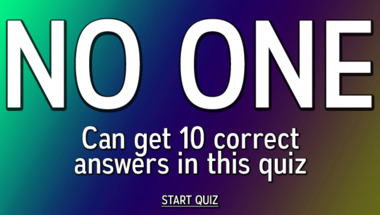
Mixed category quiz

How smart are you really?

Tell us your result in the comments

Will this trivia quiz expose your inner moron..

Point out the 10 people born in the 60's in t..

10 questions

How smart are you really?

10 miscellaneous questions

Let's see how smart you really are!
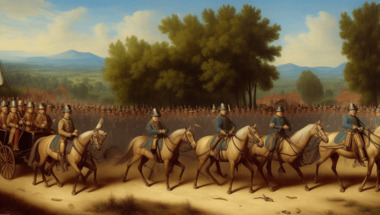
Can you name the artists?
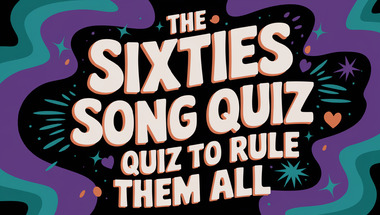
10 questions

Very difficult trivia quiz. Expect 3/10 corre..

10 exciting history questions.

10 mixed genereal questions

Tell us your result in the comments

How many correct answers will you get?

10 questions in mixed themes

10 mixed trivia questions

Let's see how smart you really are!
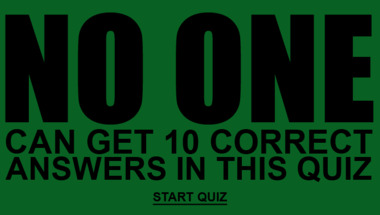
Is your IQ high enough for these questions?
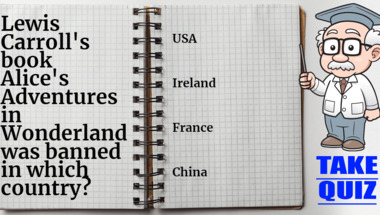
Are you game?

Let's see how smart you really are!

10 mixed questions

10 questions to test your knowledge

10

Can you name the artists?

Can you match the songs with the artists?

10 Impossible Questions
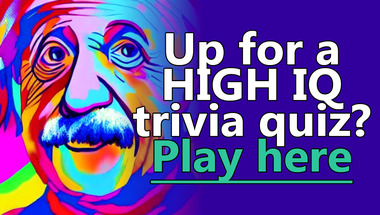
10 tough questions about history
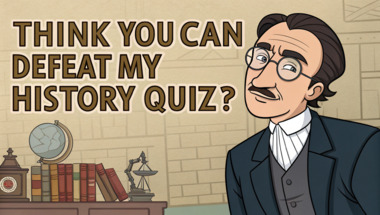
Let's test your trivia skills!

10 questions to test your knowledge
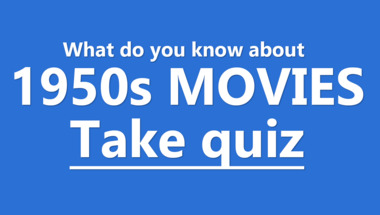
Be honest now!

10 mixed questions

10 questions. 10 songs. How many will you rem..

10 mixed questions for you
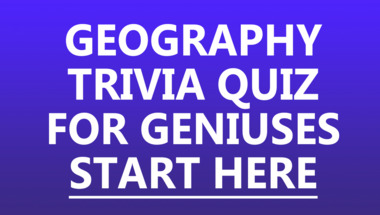
10 questions to test your knowledge

10 questions to challenge your knowledge

10 mixed questions

Are you a knowledge genius?
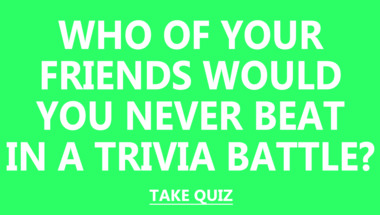
10 mixed questions in one quiz

Let's test your trivia skills!
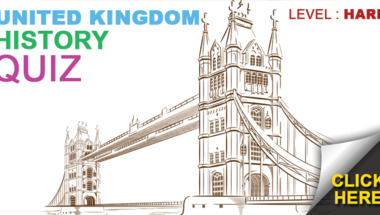
Test your knowledge with 10 trivia questions

Take it here

10 mixed questions

Here are 10 enjoyable inquiries concerning th..

10 questions to test your knowledge

10 random questions

How many actors will you get right?

Let's see how smart you really are!

Trivia is more than a mere pastime; it is a window into the fascinating corridors of history, culture, and human accomplishment. Each question, no matter how trivial it may seem, is often rooted in a story or a turning point that shaped the world as we know it. Let’s take a deep dive into the background, context, and significance of ten intriguing trivia questions. Along the way, you’ll gain not only the answers but a greater appreciation for the vast tapestry of human events.
1. By what name was the Albanian nun born Agnes Gonxha Bojaxhiu in 1910 later known?
Born in Skopje, in what is now North Macedonia, Agnes Gonxha Bojaxhiu would later become one of the most revered figures in modern humanitarianism. After joining the Sisters of Loreto at age 18 and moving to India, she adopted the name Mother Teresa. She dedicated her life to the service of the poor and sick, founding the Missionaries of Charity in 1950. Her work in Calcutta (now Kolkata) earned her international acclaim, including the Nobel Peace Prize in 1979. Mother Teresa’s legacy continues through the Missionaries of Charity and the countless lives she touched. Her canonization as a saint by the Catholic Church in 2016 cemented her place as a symbol of compassion and selfless service.
2. What multinational computer technology company was founded in 1911 and is nicknamed Big Blue for its official corporate color?
The answer is IBM—the International Business Machines Corporation. Founded as the Computing-Tabulating-Recording Company (CTR) in 1911, the company adopted the IBM name in 1924. Over the decades, IBM has played a pivotal role in shaping the computer industry, from mainframes to personal computers, and more recently, artificial intelligence and quantum computing. The nickname Big Blue is thought to refer to both the company’s logo and its reliable, corporate image. IBM’s influence is vast, having developed technologies such as the ATM, the floppy disk, and even contributing to the Apollo missions to the Moon.
3. The sovereignty of which city was established by 1929's Lateran Treaty?
Few treaties have had the profound, lasting impact of the Lateran Treaty, signed in 1929. This agreement between the Kingdom of Italy and the Holy See recognized the independence and sovereignty of Vatican City. Before 1929, the Pope had considered himself a prisoner in the Vatican since the unification of Italy stripped the Papacy of the Papal States. The Lateran Treaty resolved decades of tension, establishing Vatican City as the world’s smallest independent state, both in area and population. The treaty also recognized Catholicism as Italy’s state religion (a provision since removed), granting the Pope unique diplomatic status. Today, Vatican City is not only the spiritual and administrative center of the Roman Catholic Church but also a symbol of religious autonomy.
4. What city was the RMS Titanic traveling from in 1912?
The RMS Titanic, legendary for its tragic maiden voyage, set sail from Southampton, England, on April 10, 1912. The ship stopped at Cherbourg, France, and Queenstown (now Cobh), Ireland, before embarking on its fateful journey across the Atlantic. Southampton, a major port city, was a hub for transatlantic travel, making it the natural starting point for the largest and most luxurious passenger liner of its time. The Titanic’s sinking, after hitting an iceberg, became a defining event of the early 20th century, prompting changes in maritime safety regulations and inspiring countless books, films, and memorials.
5. What was the side called that won the Russian Civil War, after General Anatoly Pepelyayev capitulated in 1923?
The Russian Civil War (1917-1923) was a brutal conflict that shaped the future of not only Russia, but the entire world. The main factions were the Reds (Bolsheviks/Communists) and the Whites (anti-Bolshevik forces). In 1923, with the defeat and capitulation of General Anatoly Pepelyayev, the last significant White resistance ended in Siberia. The Reds emerged victorious, consolidating Bolshevik power and leading to the creation of the Union of Soviet Socialist Republics (USSR) in 1922. This victory established the world’s first communist state and set the stage for the ideological battles of the 20th century.
6. What revolutionary was expelled from Russia in 1929?
One of the most dramatic episodes in Soviet history was the expulsion of Leon Trotsky in 1929. A chief architect of the October Revolution and the Red Army, Trotsky fell out of favor with Joseph Stalin after Lenin’s death. Trotsky’s opposition to Stalin’s policies and his vision of a permanent revolution led to his exile, first within the Soviet Union, then to Turkey, France, Norway, and ultimately Mexico. His life ended in 1940 when he was assassinated in Mexico City by a Soviet agent. Trotsky’s writings and revolutionary activities continued to influence socialist movements worldwide long after his death.
7. On what day in 1914 did World War I begin?
World War I, known as The Great War, erupted on July 28, 1914, when Austria-Hungary declared war on Serbia. This declaration set off a chain reaction among the major European powers, bound by alliances and entanglements, plunging the continent—and eventually the world—into four years of devastating conflict. The war drastically altered the map of Europe, led to the downfall of empires, and planted the seeds for World War II. The precise date is a stark reminder of how quickly local disputes can escalate into global crises.
8. In the 1920s, what did people call the war that had taken place from 1914-18?
Before the outbreak of World War II, the global conflict of 1914-1918 was commonly referred to as The Great War. The term World War I only came into widespread use after a second, even more destructive conflict erupted in 1939. In the 1920s, The Great War encapsulated the unprecedented scale of death, destruction, and change wrought by the fighting. The phrase embodied both the sense of tragedy and the hope that such a catastrophe would never occur again—a hope, sadly, that would not be realized.
9. In which month did the Wall Street Crash take place in 1929?
Financial historians mark October 1929 as a turning point in world economic history. The Wall Street Crash, also known as Black Tuesday (October 29, 1929), triggered a chain reaction of bank failures and economic downturns. The crash signaled the beginning of the Great Depression, a period of mass unemployment, poverty, and political upheaval worldwide. The lessons learned from the crash reshaped financial regulation, economic theory, and government policy for generations.
10. Which of the following historical figures died in 1924?
While the question is incomplete without options, a notable figure whose death in 1924 marked the end of an era was Vladimir Lenin. The leader of the Bolshevik Revolution and the first head of the Soviet state, Lenin’s death on January 21, 1924, left a power vacuum eventually filled by Joseph Stalin. Lenin’s influence on Marxist thought, revolutionary politics, and the shape of the 20th century cannot be overstated. His embalmed body remains on display in Red Square, Moscow, a testament to his enduring political legacy.
Conclusion
These ten trivia questions represent snapshots of history—each a doorway to complex stories, epic struggles, and the people who shaped the modern world. Whether you’re a trivia enthusiast, a student of history, or simply curious, delving into the backgrounds of these questions enriches your understanding far beyond the surface. Next time you answer a trivia question, remember: there’s always more to the story.